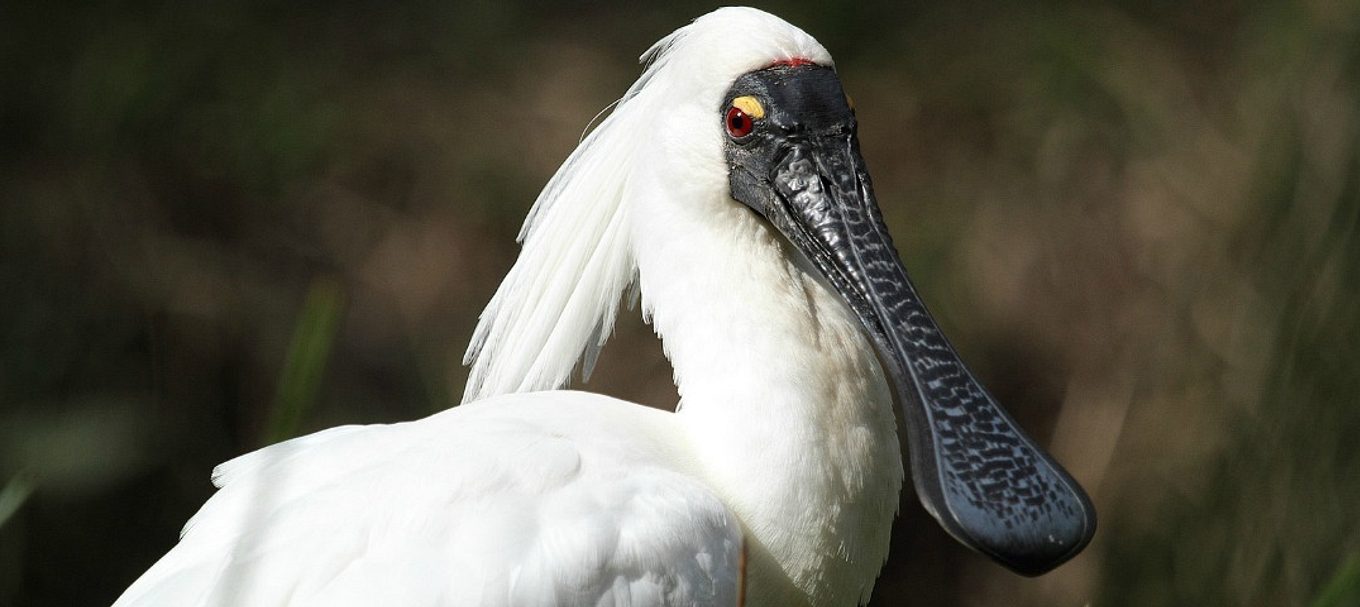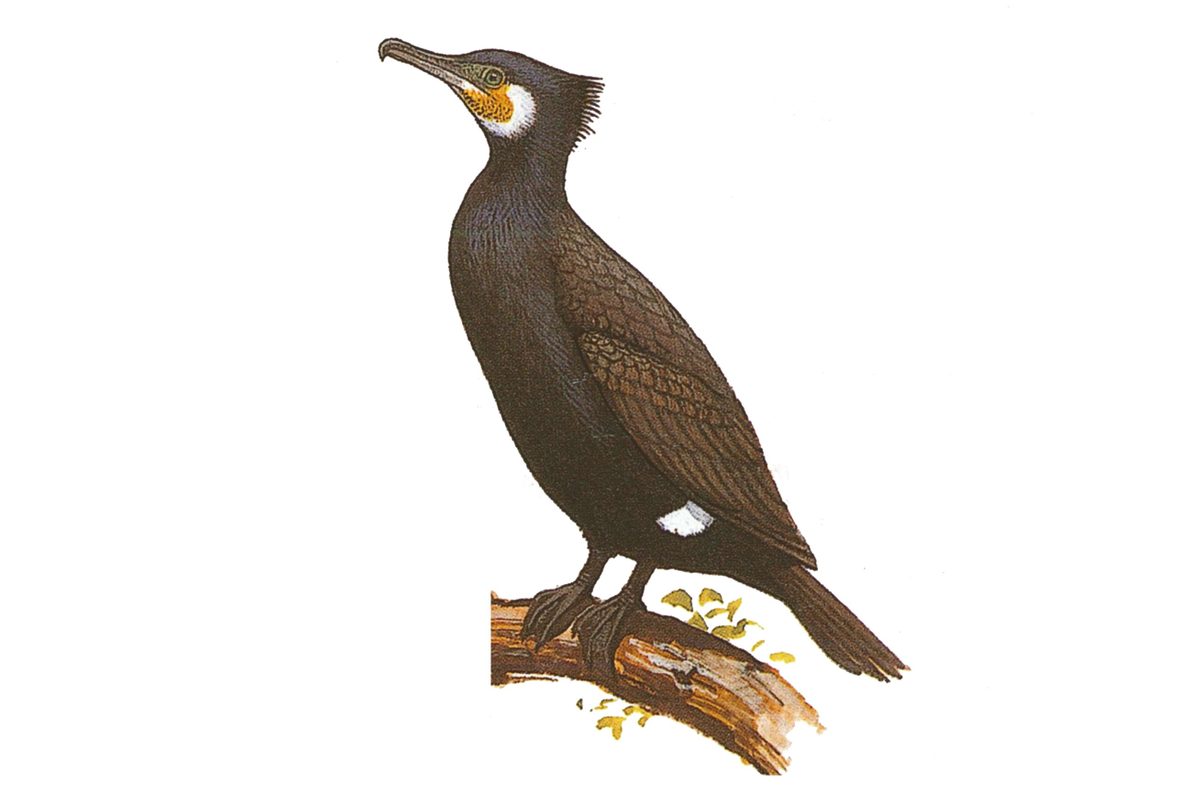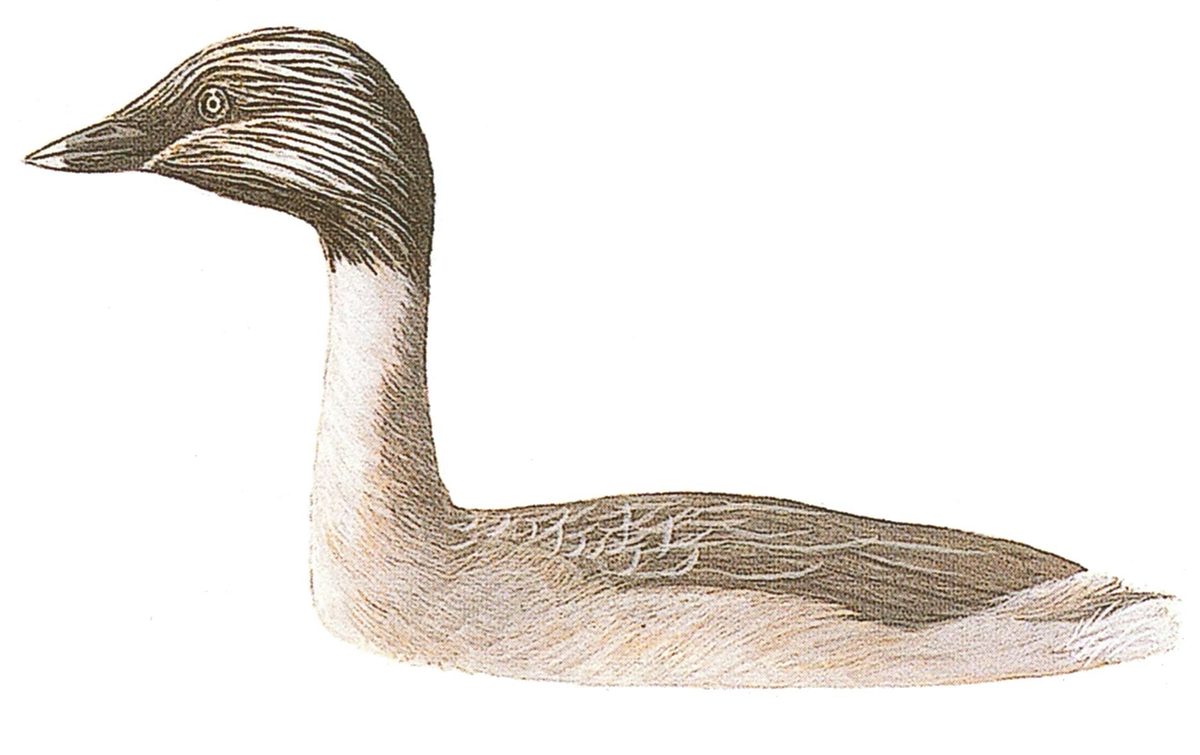
5 water birds to look for
26 Oct. 2016 3 min read
It’s spring time. And that means the sun is up, the birds are chirping and it’s time grab a pair of binoculars and get outside for a spot of birdwatching.
It’s also at this time of year that up to 27,000 migratory shorebirds arrive at the Adelaide International Bird Sanctuary along the coast of Gulf St Vincent, north-west of Adelaide.
It’s a great place to visit to see birds that have travelled from places as far as Siberia and Alaska – passing through up to 22 countries – on their annual migration to our state.
If you’re new to birdwatching, familiarising yourself with some of South Australia’s resident water birds is a great place to start before you start scoping out their international friends.
Here’s 5 water birds you might spot around coastal or freshwater spots, including the bird sanctuary:
1. Royal spoonbill (Platalea regia)
The royal spoonbill is a predominantly white bird, with a big, black, spoon-shaped beak. It also has a feathered crest on the back of its head, which can measure up to 20 centimetres long, and splashes of red and yellow on its face – making it a very unforgettable bird.

2. Pied cormorant (Phalacrocorax varius)
This cute bird has a white chest and throat, black wings and legs, and a thick black stripe running from its beak down to its back. Its beak is quite long and has a hook at the end, which it uses to catch fish. The pied cormorant looks like it’s wearing light blue eyeliner and has a big patch of bright yellow next to its beak.

3. Great cormorant (Phalacrocorax carbo)
The great cormorant is similar to the pied cormorant but certainly not the same. This cormorant is predominantly black, with just a little bit of yellow on its face and neck which changes to a more orange colour when it’s breeding season. Even though this species is the largest of the cormorants, growing to 70 to 90 cm in size, it still manages to build a nest in a tree.

4. Hoary-headed grebe (Poliocephalus polioephalus)
You may have heard this bird referred to as dabchick, hoary-headed dabchick or Tom pudding, but the commonly agreed on name in South Australia is the hoary-headed grebe. While they may nest in pairs, the hoary-headed grebe can also be found in a big network of joined, floating nests.

5. Buff-banded rail (Gallirallus philippensis)
The buff-banded rail is labelled as one of the ‘birds that hide’, but as it’s covered in a gorgeous, intricate pattern, it is worth playing a bit of ‘Where’s Wally?’ to find it. Search for it along the coast, among reeds, in mangroves or in wetlands.

Want to know more birds to look out for? Check out the Birds of the SA wetlands ID chart or Birds of the greater Adelaide estuaries ID chart.
Main image – royal spoonbill (image courtesy of Jim McLean)
(All other images have been sourced from the Birds of SA wetlands ID chart, and are courtesy of Frank Knight)





